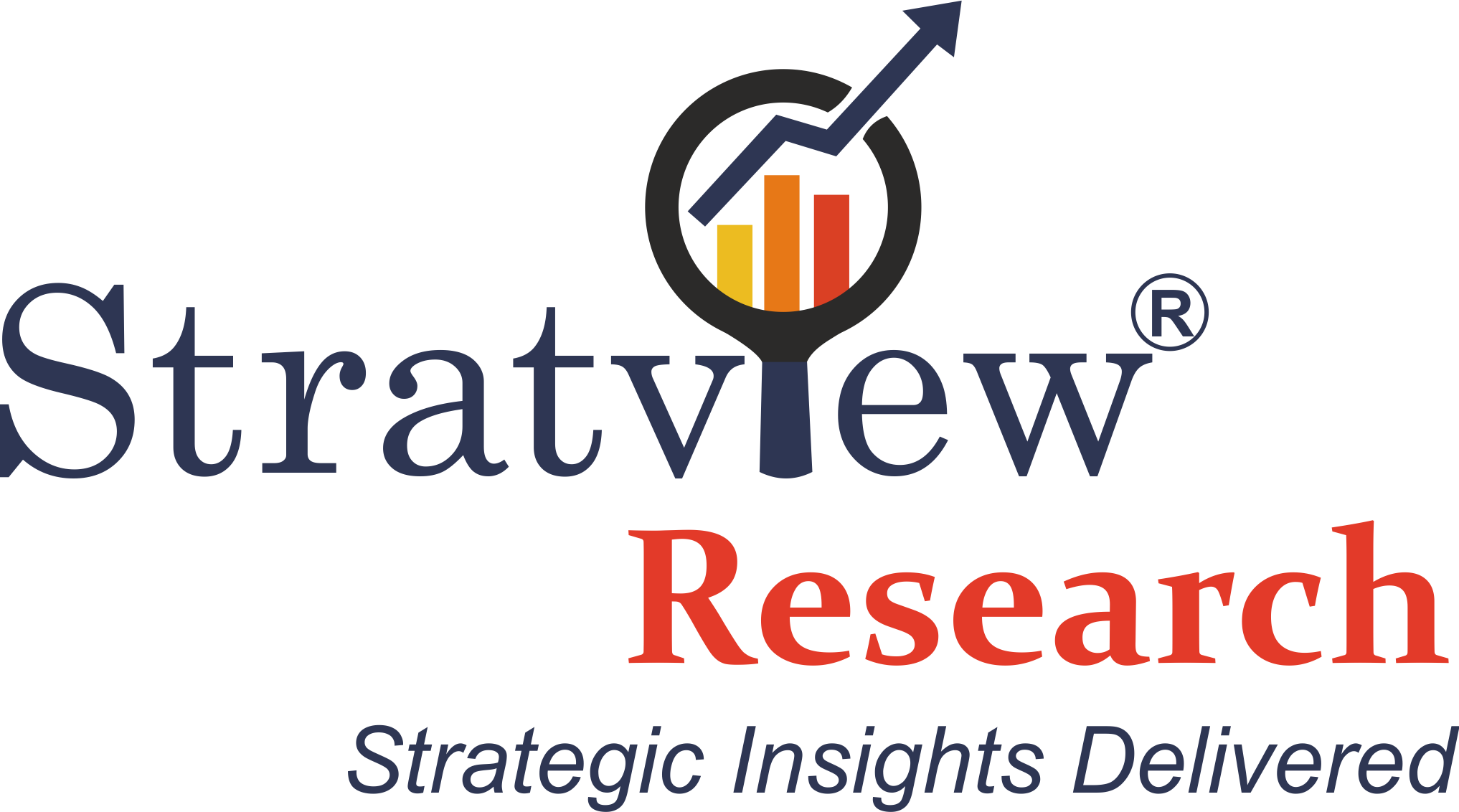The Sensing Revolution: Why the Sensor Market Is Powering the Next Wave of Intelligence

Whether it’s a car adjusting to road conditions, a smartwatch monitoring your vitals, or a factory robot fine-tuning a process in real-time — behind all of it lies one silent but essential enabler: sensors. According to Stratview Research, the Sensor market size was USD 267.10 billion in 2024 and is expected to grow from USD 291.41 billion in 2025 to USD 482.03 billion in 2032, witnessing an impressive market growth (CAGR) of 8.80% during the forecast period (2025-2032).
From industrial automation to smart cities, healthcare to defense, the Sensor Market has become the foundation of modern connectivity, control, and data-driven decision-making. As digitization deepens across industries, sensors are no longer passive data collectors — they are becoming real-time intelligence nodes.
The Problem: Without Sensing, There Is No Smart
In today’s interconnected world, everything from safety systems to user experiences depends on accurate, timely, and reliable data. But traditional sensors often fall short due to:
- Latency, noise, or inaccurate readings under real-world conditions
- Poor durability in harsh environments (heat, vibration, moisture)
- Limited integration with IoT and edge computing platforms
- Power inefficiency, making them unsuitable for wearables or wireless systems
Did you know? According to Stratview Research, sensor reliability and calibration drift are among the top reasons for performance drops in connected medical and automotive devices.
To get a free sample, click here: https://www.stratviewresearch.com/Request-Sample/4325/sensor-market.html#form
The Agitation: Smart Isn’t Possible Without Smarter Sensors
As industries scale up their reliance on automation, safety, and predictive intelligence, sensors must do more than detect — they must process, communicate, and endure.
Emerging challenges include:
- Self-driving vehicles needing multiple, fault-tolerant sensor inputs per second
- Factories and logistics requiring ruggedized, wireless sensors for condition monitoring
- Healthcare wearables demanding ultra-miniaturized, energy-efficient sensors
- Defense and aerospace environments requiring high-precision, high-altitude, and shock-resistant sensors
Poor sensor performance doesn’t just disrupt a device — it breaks entire systems.
The Solution: Intelligent, Connected, and Application-Specific Sensors
Stratview Research forecasts robust double-digit growth in the global Sensor Market through 2030, driven by advancements in materials, packaging, wireless transmission, and edge computing integration.
Breakthrough trends include:
- MEMS-based sensors for compact, low-power integration across consumer and industrial devices
- Image, radar, and LiDAR sensors enabling ADAS and autonomous navigation
- Bio-sensors and chemical sensors powering next-gen diagnostics and environmental monitoring
- Condition monitoring sensors using AI for predictive maintenance in Industry 4.0 applications
- Multi-sensor fusion modules providing 360° awareness and decision-making input for robots and vehicles
The future is moving from detection to decision-making at the sensor level — and fast.
Market Landscape: Cross-Industry Demand Is Exploding
According to Stratview Research:
- Consumer electronics and automotive remain the largest markets, driven by smartphones, wearables, and EVs
- Industrial and healthcare sectors are the fastest-growing due to IoT, automation, and personalized medicine
- Asia-Pacific leads sensor production, with significant demand growth expected from India, China, and Southeast Asia
- North America and Europe are prioritizing sensor innovation for aerospace, medical, and smart infrastructure
Key players include:
- Bosch Sensortec
- STMicroelectronics
- Honeywell International Inc.
- TE Connectivity
- Texas Instruments
- Analog Devices, Inc.
- Omron Corporation
These firms are pushing the envelope in miniaturization, multi-functionality, and integration with AI and wireless networks.
Strategic Takeaway: Sensors Are the Bridge Between the Physical and Digital Worlds
In the race toward autonomy, sustainability, and seamless user experience, sensors aren’t just components — they are the central nervous system of every smart ecosystem.
Enterprises and OEMs must:
- Prioritize application-specific sensor development
- Ensure sensor calibration, cybersecurity, and interoperability across platforms
- Invest in low-latency, real-time sensing capabilities for dynamic environments
- Collaborate with sensor manufacturers to build custom modules that meet power, size, and durability constraints.
- Questions and Answers
- Opinion
- Motivational and Inspiring Story
- Technology
- Live and Let live
- Focus
- Geopolitics
- Military-Arms/Equipment
- Segurança
- Economy
- Beasts of Nations
- Machine Tools-The “Mother Industry”
- Art
- Causes
- Crafts
- Dance
- Drinks
- Film/Movie
- Fitness
- Food
- Jogos
- Gardening
- Health
- Início
- Literature
- Music
- Networking
- Outro
- Party
- Religion
- Shopping
- Sports
- Theater
- Health and Wellness
- News
- Culture

